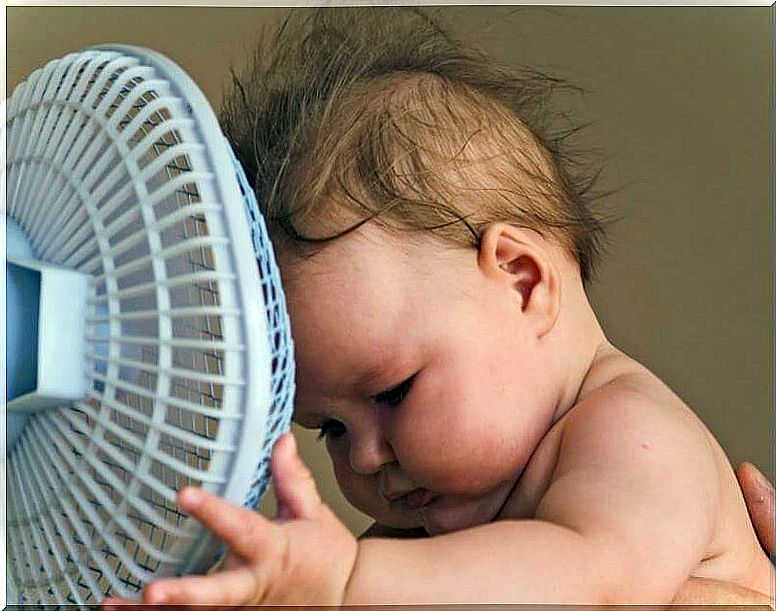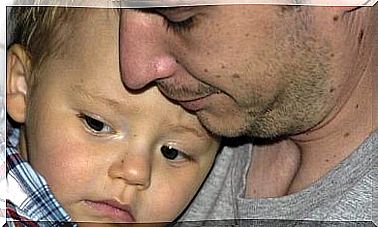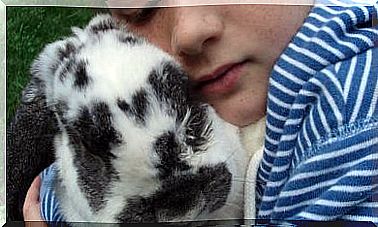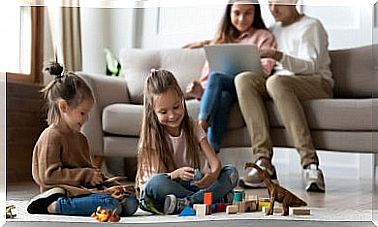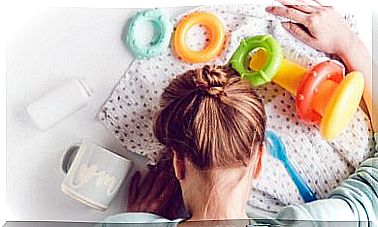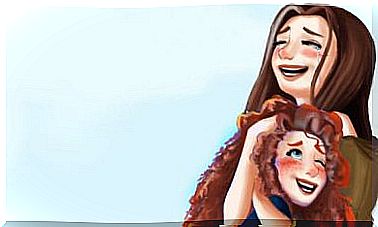Uses Of Air Conditioning When You Have A Baby
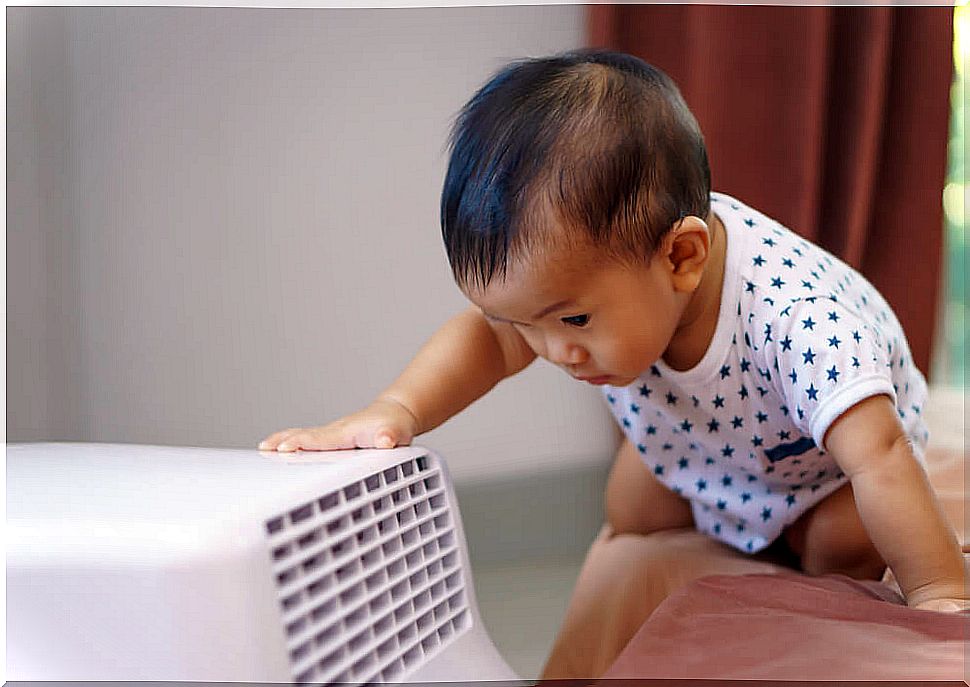
Air conditioning is not the enemy of babies. Of course you can use it, you just have to take certain precautions, since sudden changes in temperature can affect the health of premature babies or newborns, who are still adjusting to being outside of mom’s tummy.
The best way to use the air conditioner when there is a baby in the house is to regulate the room temperature to about 22 degrees Celsius. That is the ideal temperature in which a newborn baby should be, premature or not.
It is important that the room or environment in which the baby is located is not too cold or hot, because these types of environments cause discomfort in them and their skin can become irritated or wake up uncomfortable if they are asleep.
Although the ideal temperature for babies is 22 degrees Celsius, a regulated environment between 21 and 24 degrees during the day and 19 to 21 degrees at night, is a good environment, as recommended in one of his articles by the pediatrician Florencio de Santiago, who advises mothers to measure the humidity of the environment so as not to expose the child to humidity other than 30 or 50 percent.
The specialist warns that in order to control these parameters it is necessary to have a thermometer and a hygrometer at home. It also stresses the importance of good ventilation in the home.
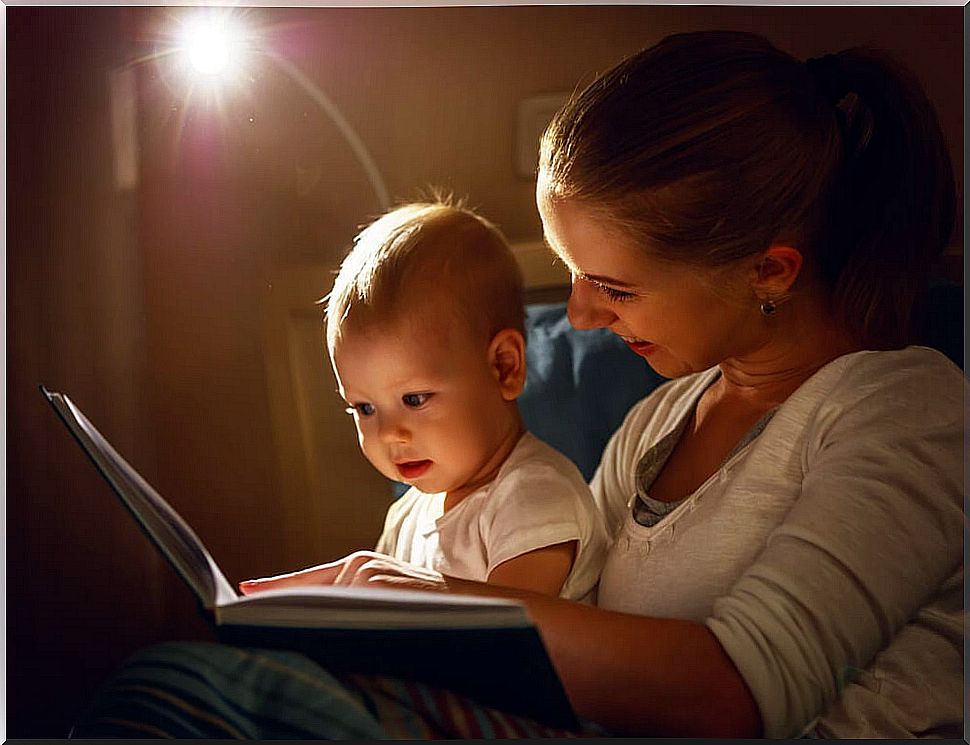
Some tips for using the air conditioner in the presence of the baby
- In addition to taking into account the ambient temperature of 22 degrees Celsius, it is advisable not to subject the child to sudden changes in temperature, since this could weaken his immune system.
- It is necessary that the temperature difference between the interior of the house, the car and the street are not so great, this means that they should not be more than 10 degrees centigrade difference.
- It is also very important that the wind current released by the air conditioner is not directed directly at the baby, who should receive this air as a rebound.
- Another good tactic is to cool the room before putting the baby to bed and turn off the appliance overnight; that yes make sure the house is well ventilated.
- If it is very hot and you want to prevent the baby from feeling uncomfortable and irritated, and even suffering from rashes and itching on the skin, it is preferable that you turn on the air conditioning and that at night you warm the baby a little, who will feel better in a pleasant environment than in a hot one, as is usually the summer time.
- It is recommended that you always have a blanket on hand to wrap the baby, this is especially useful when the child is in a place where the air conditioning temperature is very cold for him.
Care and cleaning
Even if you have air conditioning, it is essential that every day – and all rooms in the house – receive sufficient natural ventilation.
It is also vital that you be attentive to the state of the air conditioning filters, which tend to accumulate microorganisms, dust and mites that are harmful to the health of the child. So to avoid this, it is best to keep the air filters and the appliance in general clean.
In the same way, it is most advisable to regulate the temperature of the entire home, so it is advisable to use integral or individual air conditioners but that are installed on the ceilings or walls, this is always a better option compared to fans or equipment mobile air conditioners.
Installing several air conditioning units in the house allows to maintain the room temperature much more homogeneous, which prevents the baby from sudden changes in temperature, which, as noted above, can be very harmful to the health of the child.
Pediatricians also recommend using a cold air humidifier, which will help you regulate the humidity of the environment that is usually eliminated by the use of air conditioning and that can cause dryness in the baby’s mucous membranes.
